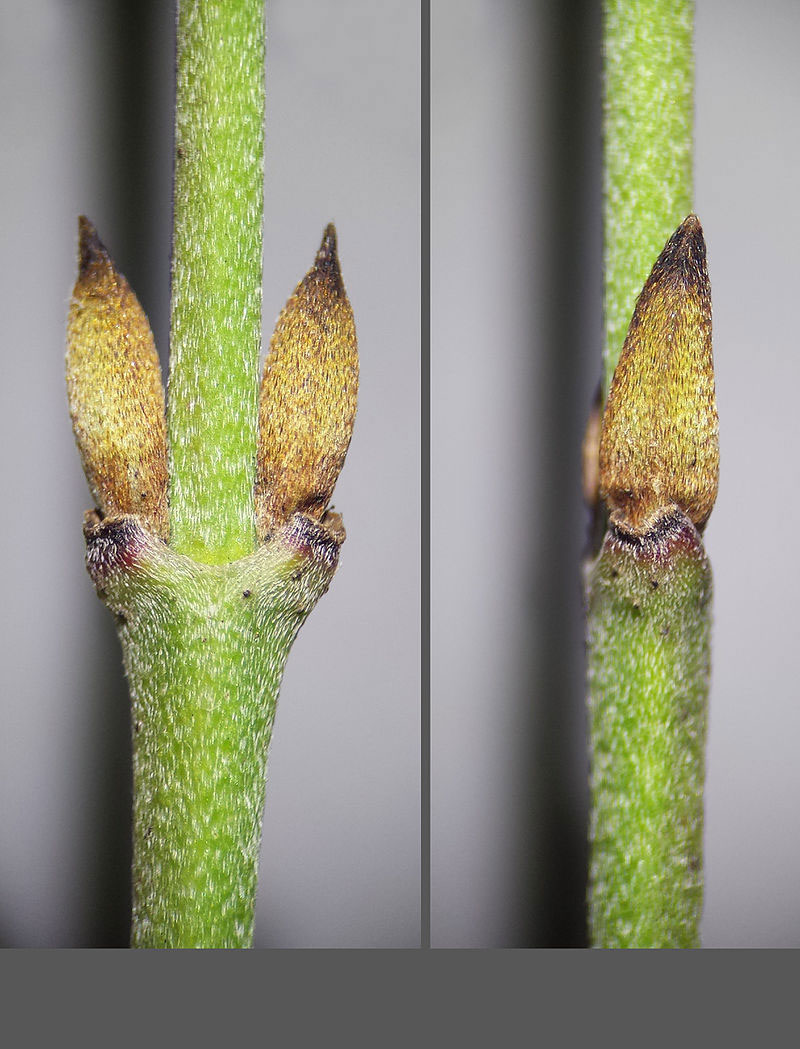

Fruit will continue to sweeten and intensify in flavor as it ripens, so it’s worth keeping it on the tree until fully ripe, or letting it sit on the counter for 1-2 days at room temperature. The ripe fruit will fall and can then be collected from the ground. The easiest way to harvest them is to wait until fruit has changed color (ripe fruits are usually bright red, though different cultivars can produce fruits in colors ranging from cream to dark reddish-purple), and then to shake the branches. Fruits ripen over a long period of time, around August and September. Mature trees yield around 24 pounds of fruit, though different cultivars can produce as much as 48 pounds per tree. It’s also been found that planting several cultivars of Cornelian Cherries can improve the fruit yield. If weather conditions are poor and bees are not out and about while they are flowering, it may be necessary to hand-pollinate in order to get a good crop.

Trees should be planted about 20 feet apart. Plants branch close to the ground, so it is important to make sure that all branches are coming from the scion rather than the rootstock. Seedlings raise two large irregular oval seed leaves when they sprout, followed by normal foliage with leaves in pairs.Ĭornelian Cherries can be grafted using any method, as long as scions are grafted low on the rootstock. Germination can take as long as 12-15 months, though nicking the seed coat prior to stratification can help to speed up the process. To start Cornelian Cherries from seed, sow seeds from fresh fruits in fall, or stratify dried seed for 23 weeks, cold, or 16 weeks warm and then 4-16 weeks cold. These trees can be very long-lived there is a botanical garden in Kiev that includes Cornelian Cherries that are 150-200 years old and still bear fruit! While Cornelian Cherries can be grown from seed, grafted Cornelian Cherries reach maturity more quickly grown from seed, they can taken 3-5 years to flower, and 6-10 years to bear fruit, while grafted varieties will usually start fruiting within 1-2 years of transplanting.

They are also resistant to drought and suffer from very few pests and diseases. They prefer moist soil and sunshine, and will tolerate shade and exposure to wind.

In the Middle Ages, Cornelian Cherries made their way into European monasteries, and were introduced to Britain in the 16th century, where they were widely grown as an ornamental by the 18th century.Ĭornelian Cherries can be grown in soil of moderate to good fertility, including heavy clay. The Greeks and Romans prized Cornelian Cherries for their hard wood, which they used to craft spears, javelins, and bows. They are native to central and southern Europe, Asia Minor, Armenia, and the Caucuses, and grow best in dry, deciduous forests. Trunks can reach around eight inches in diameter. A member of the dogwood family, Cornelian Cherries are small trees, usually growing to around 16 feet in height, though they can reach up to 25 feet depending on the cultivar. Cornelian Cherries are some of the first trees to bloom, their bright yellow flowers bursting forth at the end of winter right when everyone could use some color in their lives.


 0 kommentar(er)
0 kommentar(er)
